Current events have caused many of us to reassess all manner of things we once took for granted and for some buyers that includes the definition of an acceptable commute.
In our recent client survey, 44 per cent of respondents said they were reconsidering their journey time to work, with an even split between those wanting to shorten or lengthen it.
Meanwhile, three-quarters of those active in the market said Covid-19 had led them to rethink their work-life balance (see Committed to moving and redressing the work-life balance). Among those under 50, that rose to 84 per cent.
Those wanting to spend less time travelling are likely to be planning to return to the office full time or people for whom working from home hasn’t been an option.
Buyers prepared for a longer commute are probably anticipating flexible work patterns and less frequent travel, expecting to gain more space inside and out from their move.
The price differential between London and its immediate surrounds is well documented, but the value on offer beyond the capital’s traditional commuter belt is often far more significant.
Property close to stations with a journey time into London of 30-59 minutes costs an average of £440,000. Up that travel time to 60-89 minutes and average values drop by more than a fifth to £347,000.
We are seeing increased demand from London buyers keen to use the equity built up in their current home to move out to somewhere larger. That many are focusing on the home counties doesn’t come as a surprise – it’s a popular, well-trodden path – but unexpectedly the biggest upswing, albeit from a low base, is in areas further from the capital with a commute of up to, say, two hours.
Our Salisbury team, for example, saw the proportion of viewings by Londoners double from an average 14 per cent at the beginning of the year to 27 per cent in July. In Yorkshire the search is on for well served villages that offer a good sense of community and commutability, whether by rail or road, to London, Leeds and Newcastle. Dorset and Suffolk are also attracting unusually high London interest.
Of course, the cost of commuting has to be considered but previous analysis by our researchers has shown that house price savings will almost always outweigh the extra cost of travel, particularly if fewer journeys are needed. Buyers looking far afield also have to factor in the time it might take to drive to a station, the cost of parking and how far they have to walk from the car to the train.
Here’s just a small selection of fine properties currently available for those in the market for a longer commute.
.jpg)
.jpg)
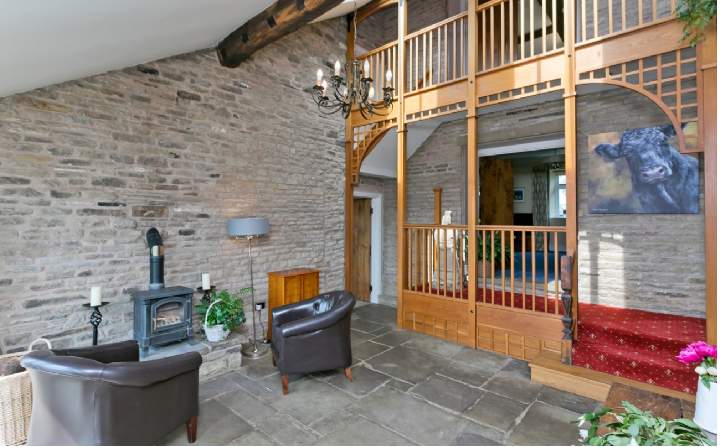
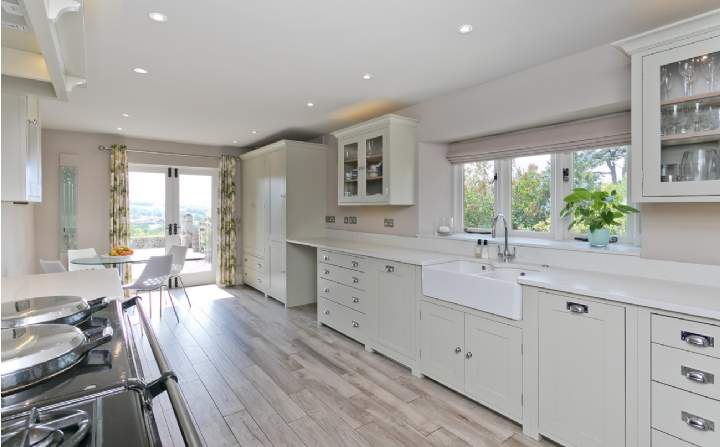
.jpg)
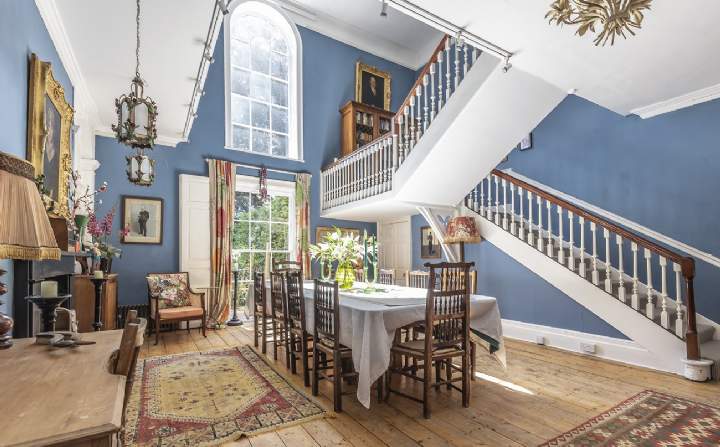
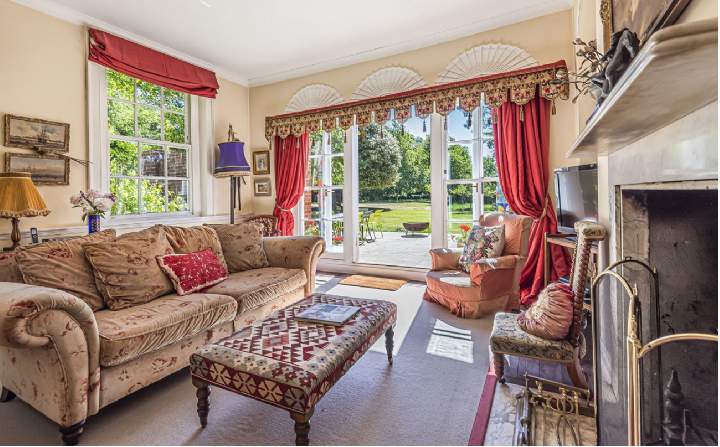
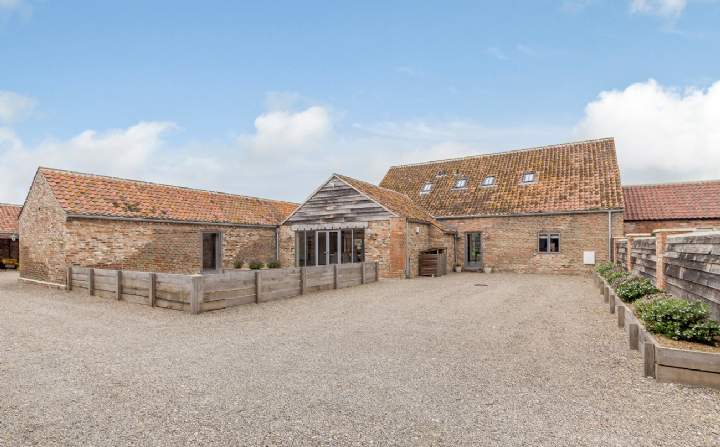
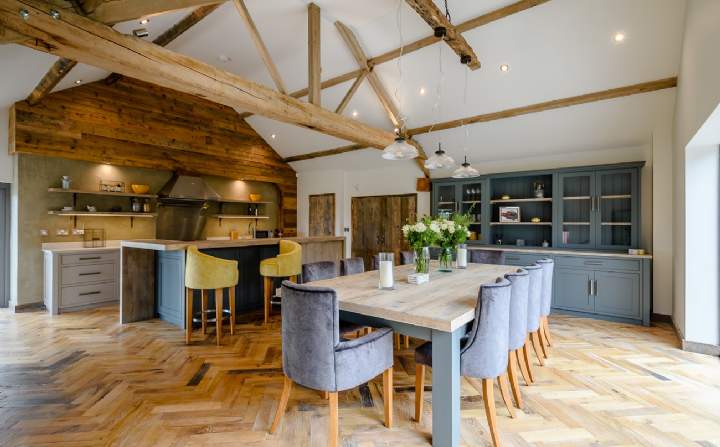

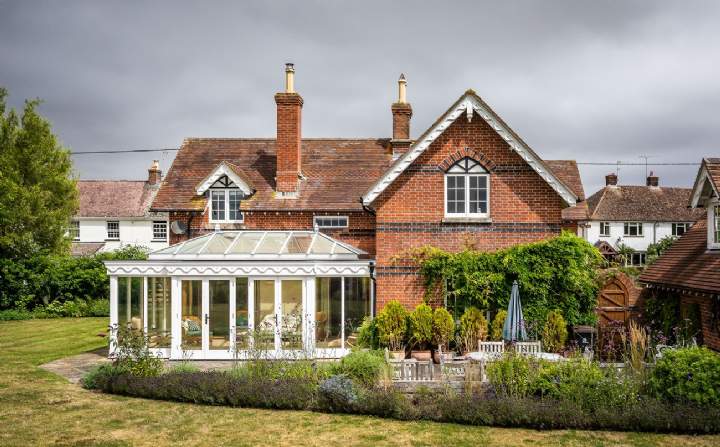
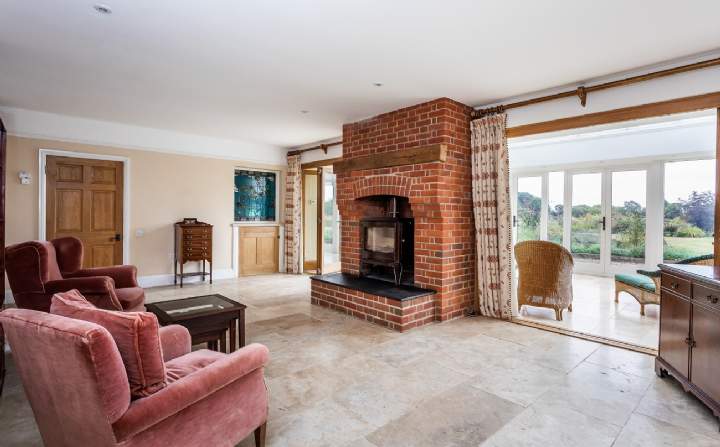

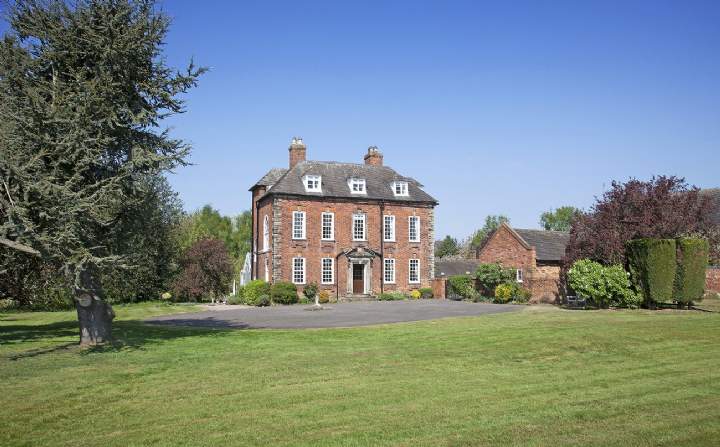

.jpg)
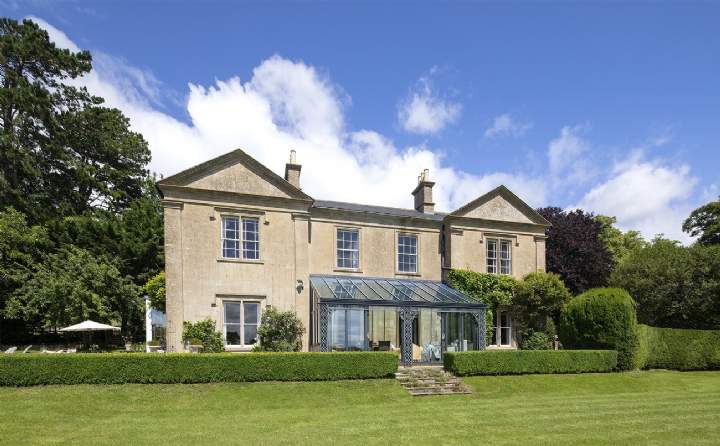

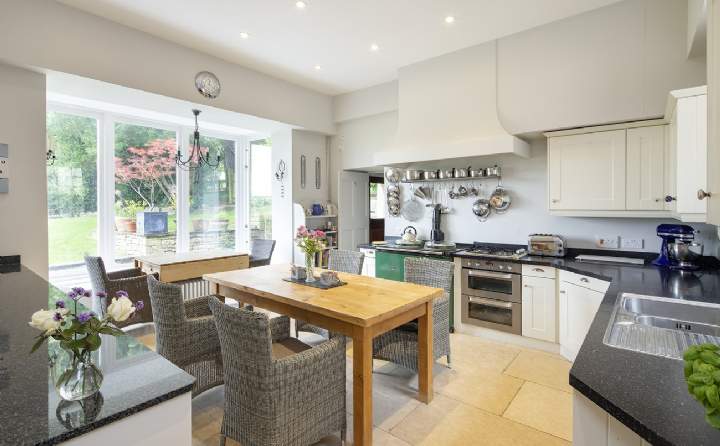

(2).jpg)
.jpg)
.jpg)




.jpg)
.jpg)